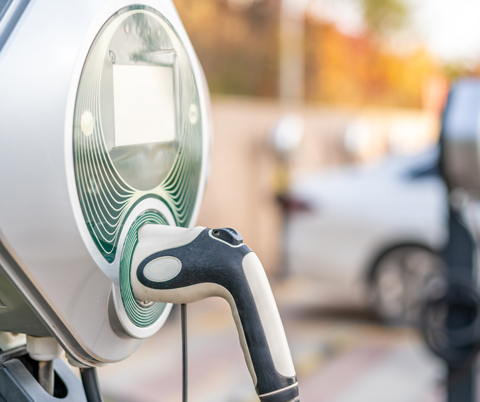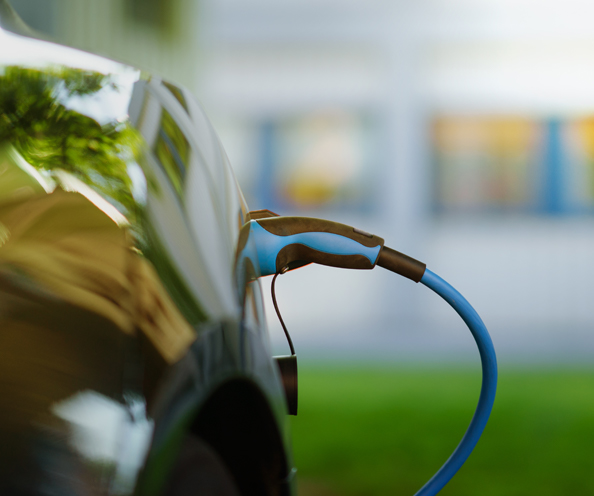Electric car safety – concerns vs. reality
Electric car safety ratings
Electric car safety statistics
The elephant in the room
Fire. Spontaneous combustion. Explosions. Battery packs cooking off. The car blowing up or going up in flames. Twisted, burning metal on the side of the road. Mad Max style. Although such incidents are not common, they somehow found their way into the general public’s imagination as being one of the most important electric car safety issues. Yes, most electric cars are powered by lithium-ion batteries. Yes, those batteries contain flammable electrolyte. No, it’s not easy for those batteries to catch fire.
Spontaneous fire in electric vehicles happens so rarely, there’s not enough cases to build a reliable statistic for them. In order for a battery pack to catch fire, in theory, it would be enough to pierce one of the cells. That causes a short circuit, which makes the cell run hot, warming the electrolyte to hundreds of degrees centigrade, which in turn warms up the neighbouring cells, leading to a chain reaction.
First of all, most battery packs are placed in a location not susceptible to twisting, deforming or crushing during an accident. Second, more and more manufacturers place their battery packs in aluminium containers that make it even harder to penetrate a single cell, and act as an additional fire barrier at the same time. Third, the battery packs are monitored and can be switched off by the car’s safety systems. Fourth, more and more manufacturers turn to liquid cooling, to make the whole system even safer. It would require a catastrophic failure of many systems all at once to make that fire a real safety issue. Even in road accidents, some statistics show that more fuel powered cars catch fire than their electric counterparts. And finally, fifth: numbers. Some experts say the chance of an electric vehicle spontaneously catching fire is about one in twelve million.

